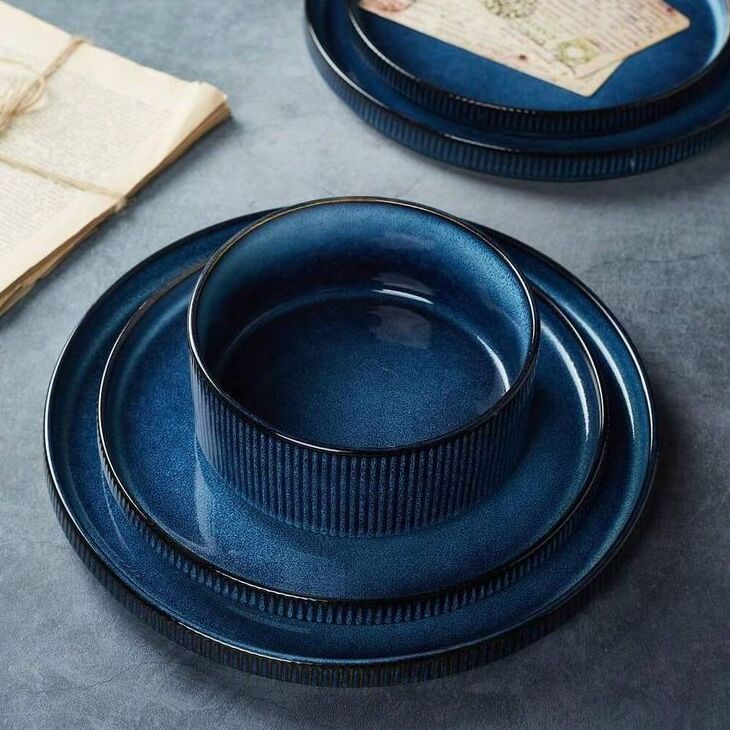Maintaining Japanese tableware, especially porcelain sets, requires care and attention to preserve their beauty and functionality. These delicate items are often passed down through generations, and their longevity depends on proper maintenance. Here are some essential tips for maintaining your Japanese tableware and ensuring it stays in excellent condition for years to come.
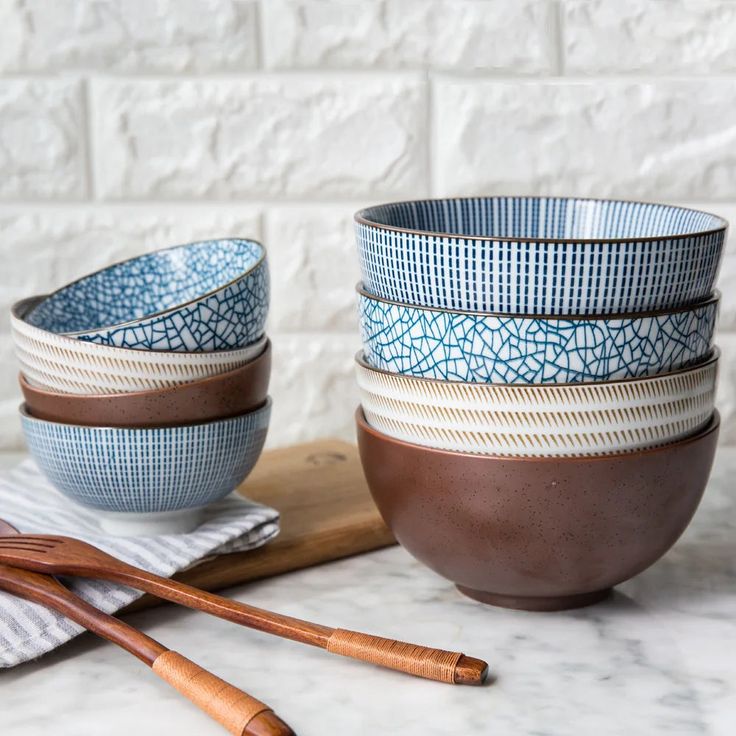
Regular Cleaning of Your Japanese Tableware
One of the most important aspects of maintaining Japanese tableware is cleaning it regularly. Porcelain, in particular, is susceptible to stains and discoloration, so it’s crucial to clean your tableware after each use. When cleaning, avoid using abrasive materials that can scratch the surface of the porcelain. Instead, use a soft sponge or cloth and mild dish soap. For stubborn stains, you can use a mixture of baking soda and water to gently scrub the affected areas.
It’s also important to rinse your tableware thoroughly to remove any soap residue, which can cause a dull finish over time. To dry your Japanese tableware, use a soft towel and avoid air drying, which may leave water spots on the surface. Keeping your Japanese tableware clean will not only preserve its appearance but also ensure it remains hygienic for use in future meals.
Store Your Japanese Tableware Properly
- Choose the Right Storage Location
Always store your Japanese tableware in a safe, secure place, away from direct sunlight and humidity. These elements can cause fading and damage to delicate porcelain over time. - Use Dividers or Soft Cloths
To prevent chipping or cracking, use dividers or soft cloths between pieces, especially when stacking items like plates and bowls. This will help absorb any impact and preserve their shape. - Avoid Overcrowding Display Cabinets
If you’re displaying your Japanese tableware in a cabinet, make sure not to overcrowd it. Overcrowding can lead to accidents when retrieving or replacing items, risking cracks or breakages. - Protect from Dust and Accidental Bumps
Display your tableware in cabinets with glass doors to protect it from dust and accidental bumps. This will not only maintain the cleanliness but also safeguard it from any physical damage. - Regularly Inspect for Wear and Tear
Periodically check for any signs of wear, chips, or cracks to ensure your tableware stays in good condition. Early detection of damage will help you take preventive measures.
By following these tips, your Japanese tableware will retain its beauty and last for years to come.
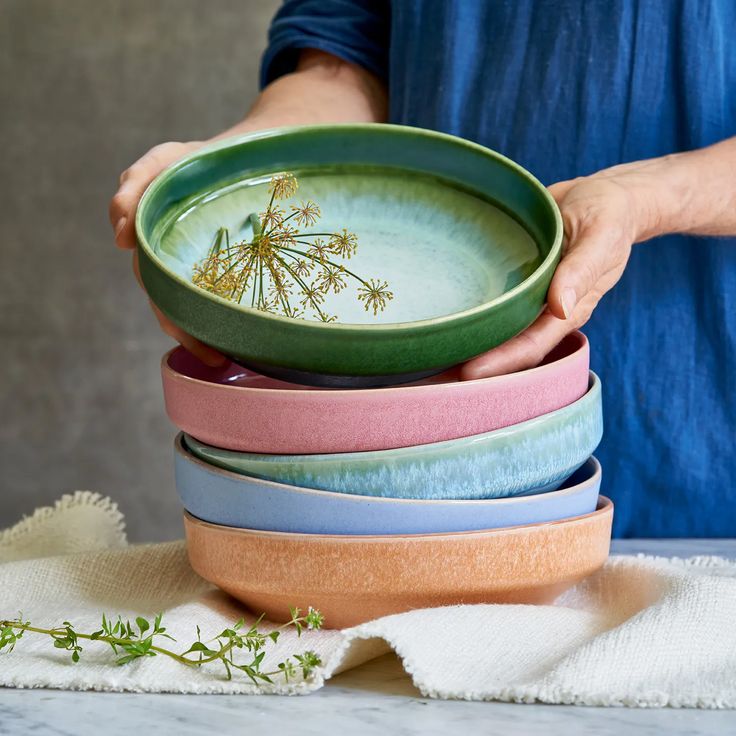
Handle With Care
- Hold by the Base or Edges
When handling your Japanese tableware, always hold it by the base or edges to avoid putting unnecessary pressure on the more delicate areas. This reduces the risk of cracks and chips, preserving its integrity. - Be Gentle with Intricate Patterns
Items with intricate patterns or decorations require extra care. Handle them gently to avoid wearing down the artwork or causing scratches. Using soft hands can help maintain the beauty of the porcelain. - Avoid Extreme Temperature Changes
Never place hot food directly onto cold plates or bowls, as this can cause thermal shock. The sudden change in temperature may lead to cracks or breakage. Allow your porcelain tableware to adjust to room temperature before use. - Let Items Adjust Gradually
After your tableware has been in the dishwasher or refrigerator, allow it to warm up gradually to room temperature. This prevents stress on the material and helps avoid damage caused by temperature differences. - Prevent Dropping or Rough Handling
Always handle your tableware with care to avoid dropping it. Porcelain is fragile and can easily break if mishandled or dropped, so be mindful when moving items from place to place.
By following these handling tips, you can ensure that your Japanese tableware remains in excellent condition for years to come.
Avoid Using Harsh Cleaning Chemicals
While it may be tempting to use strong cleaning agents to tackle tough stains or odors, this can damage your Japanese tableware, particularly porcelain sets. Harsh chemicals can strip away the glaze, leaving your tableware vulnerable to staining and discoloration. Instead, opt for natural cleaning methods using non-toxic products, such as vinegar or baking soda, to remove stains without compromising the integrity of your tableware.
For deeper cleans, there are specialized porcelain cleaners available that are gentle yet effective at removing grime without harming the surface. Regularly inspect your tableware for any signs of damage or discoloration, and treat stains as soon as they occur to prevent them from setting in.
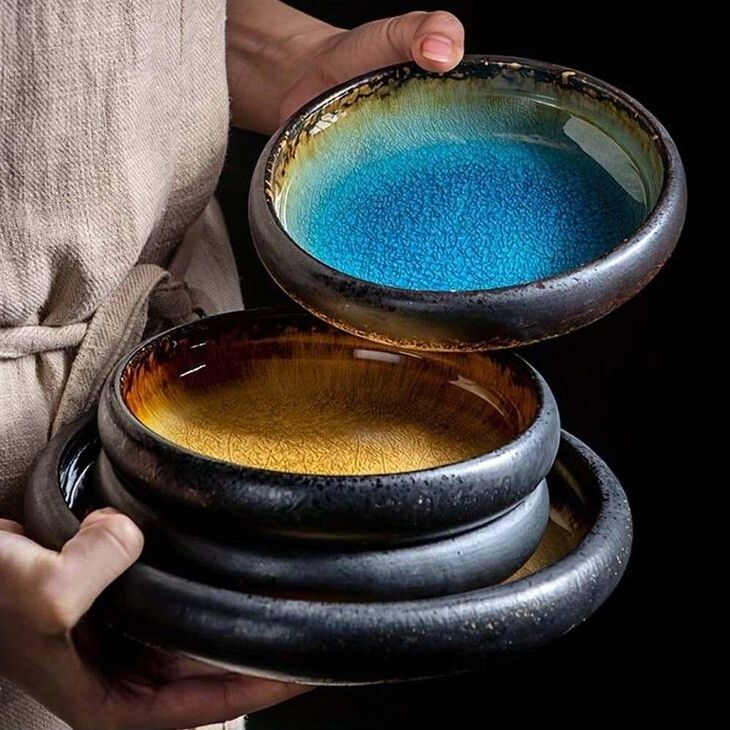
Avoid Microwave and Dishwasher Use for Delicate Pieces
- Risk of Damage: Many Japanese tableware items, particularly fine porcelain, are not microwave or dishwasher safe. The high heat from a microwave can cause delicate porcelain to crack or warp, while the intense water pressure in dishwashers can lead to chips or cracks over time.
- Intricate Designs: If your porcelain set features delicate details or intricate hand-painted designs, it is highly recommended to avoid using the microwave or dishwasher. These designs can fade or become damaged, diminishing the set’s aesthetic value.
- Handwashing Is Safer: To ensure the longevity of your porcelain pieces, hand washing is the safest option. Gently wash each piece with mild detergent and warm water to maintain its quality and appearance.
- Manufacturer’s Guidelines: Always check the manufacturer’s care instructions to understand the specific requirements for your Japanese tableware. This ensures proper care and helps avoid accidental damage.
- Preserve the Life of Your Tableware: When in doubt, hand washing is the best method to preserve your porcelain set and keep it looking beautiful for years to come.
Repairing Cracks and Chips
- Address Damage Promptly
Even with the best care, accidents can lead to cracks or chips in your Japanese tableware. Immediate action is essential to prevent further deterioration and to maintain its functionality. - Minor Chips
For small chips, a porcelain repair kit can be a quick and effective solution. These kits typically include specialized glue and fillers, designed to restore the appearance of the tableware and prevent further damage. - Significant Cracks
If your tableware has sustained more serious cracks, it’s important to seek professional restoration services. Experts have the tools and experience needed to repair the damage properly without compromising the integrity of the piece. - Avoid DIY Repairs for Major Damage
For large cracks or breaks, attempting to repair the item yourself can worsen the damage. Professional restorers have the necessary skills to fix significant issues while preserving the item’s value and beauty. - Restoration for Long-Term Care
Professional repair ensures your tableware will maintain its elegance and longevity, making it a worthwhile investment for heirloom-quality pieces.
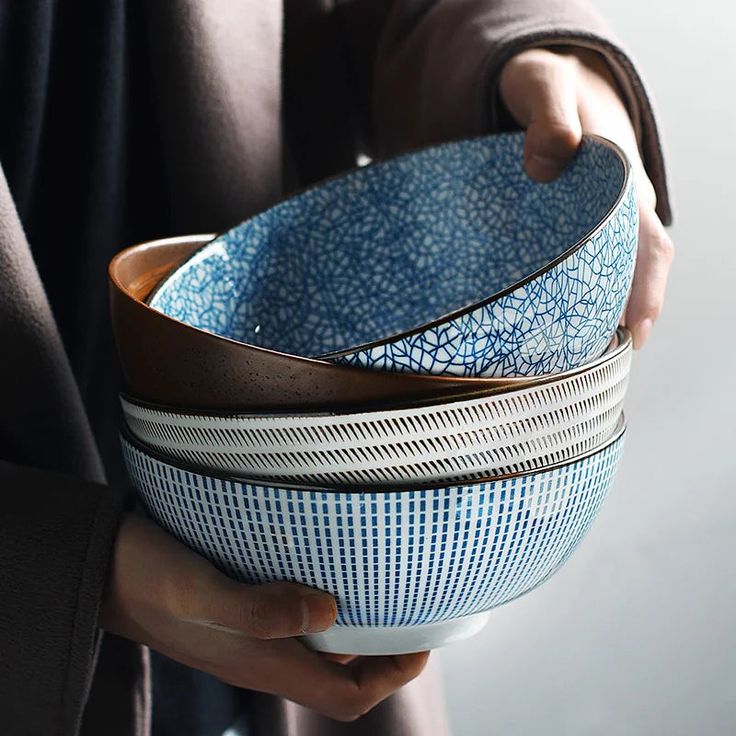
The Importance of Choosing Quality Porcelain
The Cultural Significance of Japanese Tableware
- Symbol of Beauty and Tradition: Japanese tableware is deeply valued not only for its beauty but also for its cultural significance. These pieces, especially those made from porcelain, often feature intricate designs inspired by nature, reflecting Japan’s appreciation for simplicity and harmony in art.
- Connection to Japanese Aesthetics: The designs seen in Japanese tableware, such as motifs of flowers, birds, and landscapes, are a direct representation of the Japanese aesthetic, which emphasizes minimalism, balance, and the natural world.
- Preserving Cultural Heritage: By caring for your Japanese tableware, you are helping preserve the traditions and craftsmanship that have been passed down through generations. These pieces are often more than just functional items; they are works of art, each representing the skill of its maker.
- Heirlooms for Future Generations: Proper care ensures that these tableware pieces remain beautiful and functional for future generations. Whether passed down as heirlooms or collected as art, their preservation helps maintain cultural continuity.
- A Living Tradition: Whether you use your set daily or display it, maintaining its quality ensures that the cultural heritage and artistic legacy of Japanese tableware continue to thrive.
